
Hyrax
Hyrax
Hyrax
The Hyrax, with its stocky build and gentle expression, may not look it, but it shares genetic ties with large animals like elephants and manatees. Commonly known as 'Rock Hyrax' in Japanese, they live in groups and inhabit rocky areas and forests. Let's explore the fascinating and mysterious world of the Hyrax.
Hyrax Basic Infomation
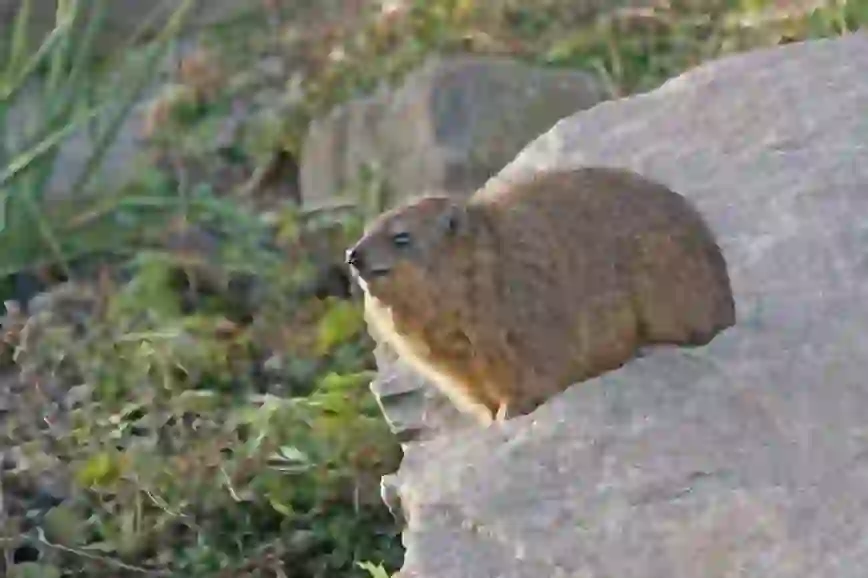
Classification: Mammalia, Order Hyracoidea, Family Hyracidae
Scientific Name: Procavia capensis
Japanese Name: Rock Hyrax
English Names: Cape Hyrax, Rock Hyrax
Habitat: Rocks and dry regions in Africa, south of the Sahara Desert, and tropical rainforests
Body Length: Approximately 30–50cm
Weight: Approximately 2.5–5kg
Lifespan: About 10–15 years
Fur Color: Mostly brown, gray-brown, and dark brown
Hyraxes typically form groups of 50–80 individuals and live among rocks. Despite their plump and rounded bodies, they climb rocks using their hoof-like flat nails, with four toes on their front limbs and three on their back limbs.
Their ability to regulate body temperature is not well-developed, so they warm themselves by huddling together with their group, especially during cold seasons, and bask in the sun.
They are mainly diurnal, active primarily from morning to afternoon, though some are nocturnal. During the day, they feed on grass and fruits. They make nests in rock crevices, where they eat and sleep.
They mostly inhabit dry areas (deserts, semi-deserts) and grasslands, but have also been found at altitudes over 4,000 meters in Kenya.
Their fur is generally hard, and among them are 6–8cm long sensory hairs that help them gauge direction and distance. They have very short tails, only 1–2cm long, which is also distinctive.
Hyraxes make 'chit-chit' and 'pip-pip' sounds. Although not very loud, these sounds are used to communicate with their peers. There are over 20 different types of sounds that Hyraxes make.
Possibly due to their genetic similarity to elephants, they have a pair of tusks on their upper jaw, similar to elephants. Hyraxes are herbivores and do not use these tusks for hunting or fighting.
Despite their short limbs, they can climb vertically along rock faces and trees using the friction of the cushion-like pads on their feet. They can squeeze through any hole that fits their head. Despite their small size, they are agile and nimble animals.
Hyrax Q&A

Hyrax Ecology
Hyraxes, in the wild, typically form groups of 50 to 80 individuals and live among rocks. Despite their rounded bodies, they climb using flat nails resembling hooves on their four front and three back toes.
Their body temperature regulation is not well-developed, so they warm up by huddling with their group according to the ambient temperature. During cold seasons, they stay close together for warmth and sunbathe.
They are mainly diurnal, most active from morning through afternoon, though some are nocturnal. During the day, they forage on grass and fruits. They make nests in rock crevices where they feed and sleep.
They are primarily found in dry areas (deserts, semi-deserts) and grasslands, but some have been found living at elevations above 4,000 meters in Kenya.
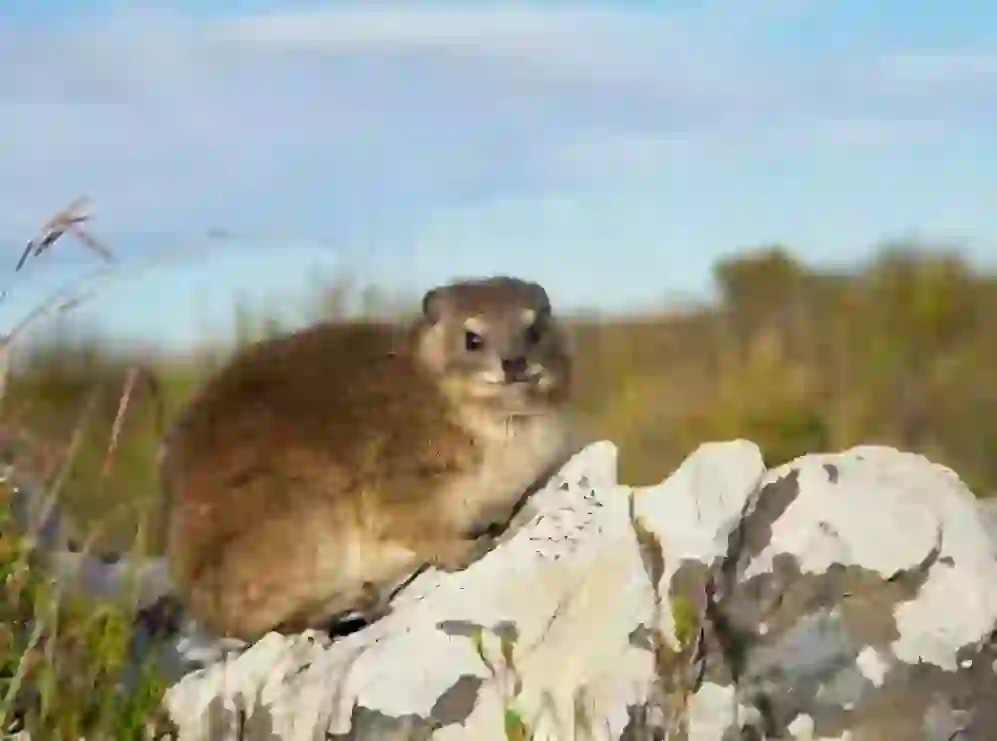
Physical Characteristics of Hyraxes
Hyraxes have overall hard fur, among which are 6-8 cm long sensory hairs that help them judge direction and distance. Their tails are very short, only about 1-2 cm long.
Hyraxes vocalize with 'chit-chit' and 'pip-pip' sounds. These calls are not very loud but are used to communicate with other hyraxes. There are more than 20 different sounds that they make.
Possibly due to their genetic similarities with elephants, they have a pair of tusks on their upper jaw, similar to those of elephants. Hyraxes are herbivores and do not use these tusks for hunting or combat.
Despite their short limbs, they use the friction of the cushion-like pads on their feet to climb vertically along rock faces and trees. They can squeeze through any hole that their head fits through. Small yet adept, they are agile and nimble animals.
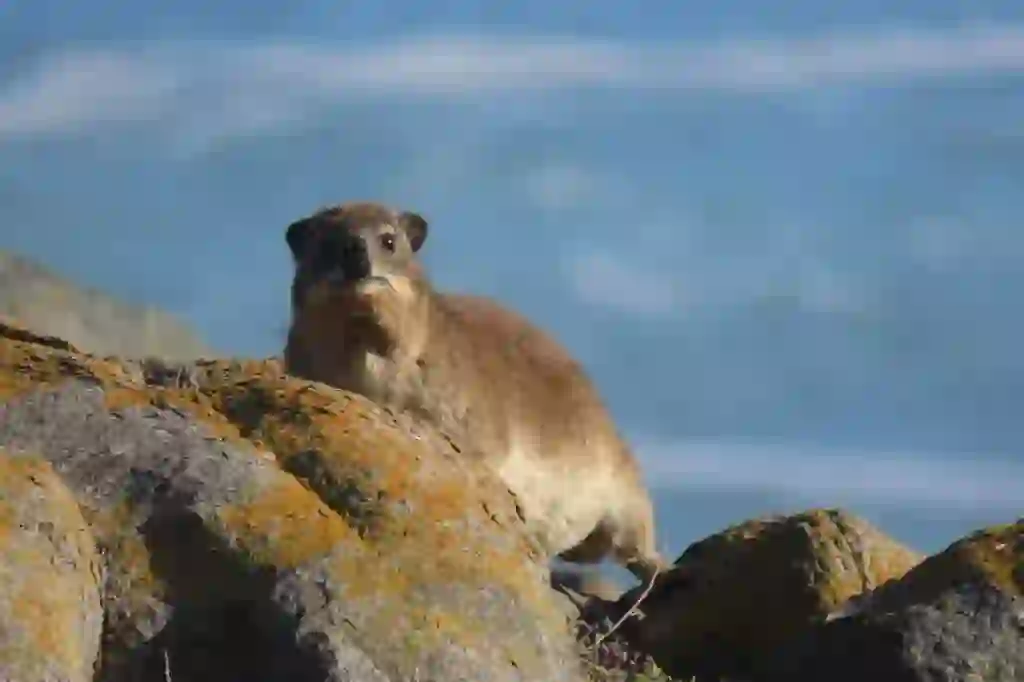
What is the origin of the name 'Hyrax'?
The origin of the name is unclear.
Interestingly, the old Spanish name 'Hispania' means 'Island of the Hyrax.' However, Hyraxes do not inhabit Spain.
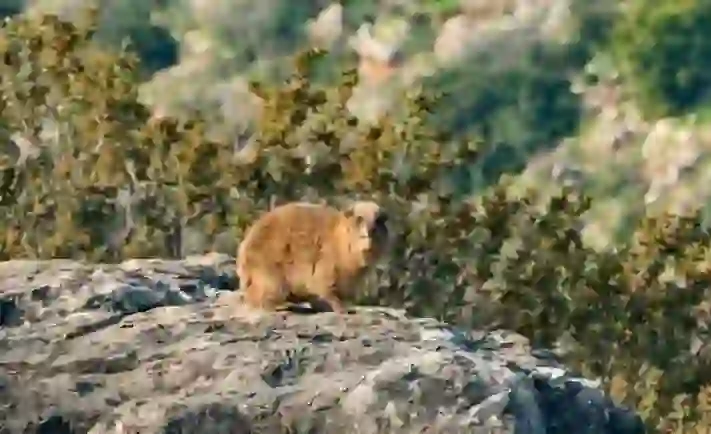
Why do hyraxes live there?
Hyraxes live mainly in dry and tropical rainforest regions in Africa and the Sahara Desert. The exact reasons for their distribution are unclear, but it may be linked to the historical presence of their ancestors in these areas.
In Japan, hyraxes can be seen in various zoos.
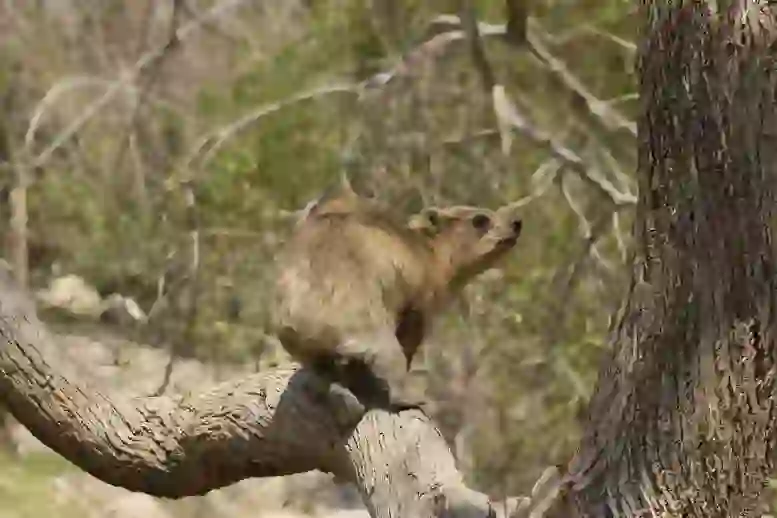
What do hyraxes eat?
Hyraxes are strictly herbivorous. Wild hyraxes primarily feed on grass and fruits. In zoos, they are typically fed hay (such as Timothy grass), carrots, and sweet potatoes.
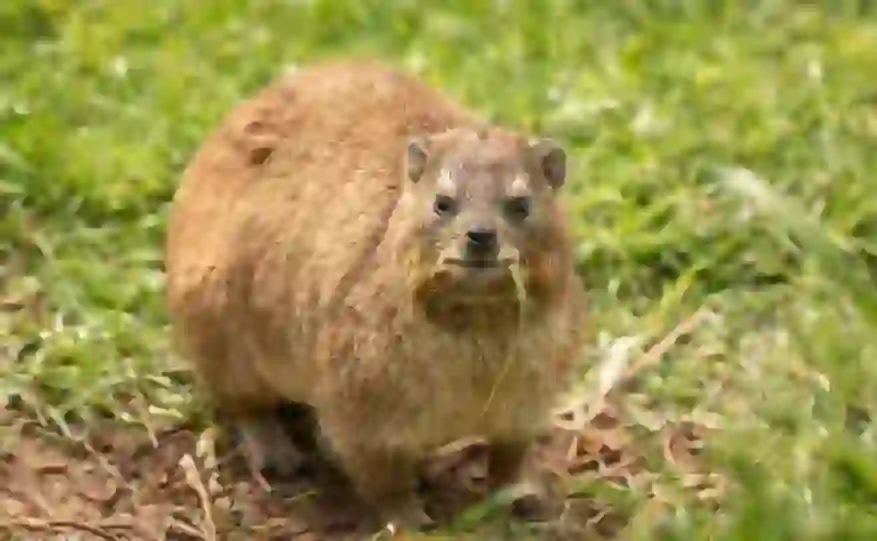
Why is the Japanese name for the hyrax 'Rock Raccoon'?
As the name implies, hyraxes primarily inhabit rocky areas, which is likely why they are called 'Rock Raccoon' in Japanese. Some zoos also create rock environments for hyraxes.
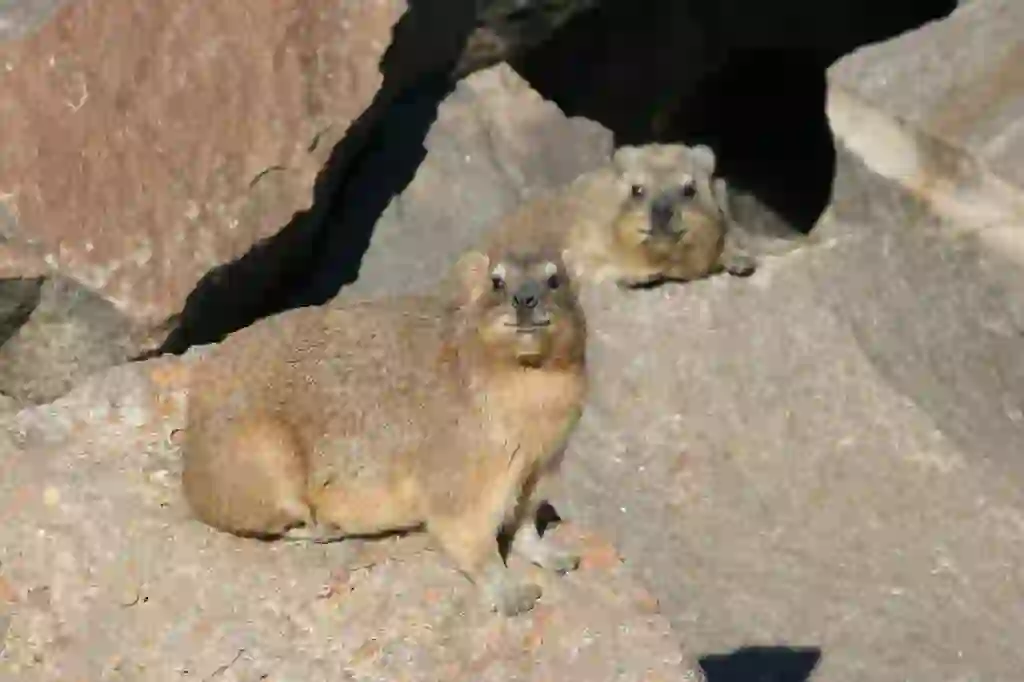
Why are hyraxes said to be closely related to elephants and manatees?
Hyraxes' upper front teeth, like those of elephants and manatees, continue to grow throughout their lives. When the skulls of hyraxes and elephants are placed side by side, their similarity, including a pair of tusks, becomes evident.
Both hyraxes and elephants have cushion-like pads on their feet and similar nail shapes. Although they differ greatly in appearance and size, they share common ancestors, and their DNA types are similar.
If you have the opportunity to observe hyraxes, try comparing their features with those of elephants.
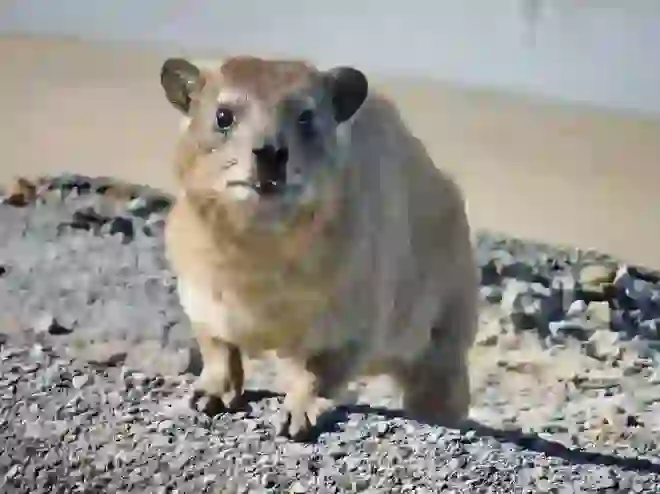
What are the names of different types of hyraxes?
There are four types: Cape Hyrax, Speckled Rock Hyrax, Southern Tree Hyrax, and Western Tree Hyrax.
Some extinct hyraxes were as large as cows.
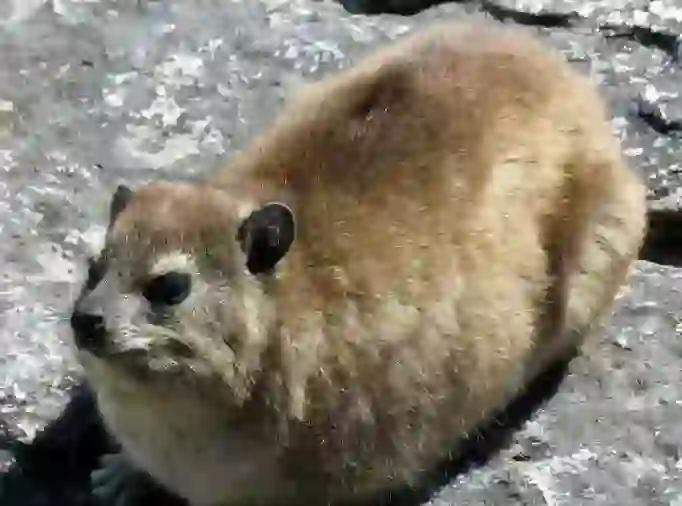
What is the black object on the back of a hyrax?
The black line-like feature on a hyrax's back is a scent gland, which is used to emit odors to communicate their presence to other hyraxes. Most mammals have scent glands, and for group-living hyraxes, these are essential. They rub their backs against rocks to spread their scent and signal their presence to others.
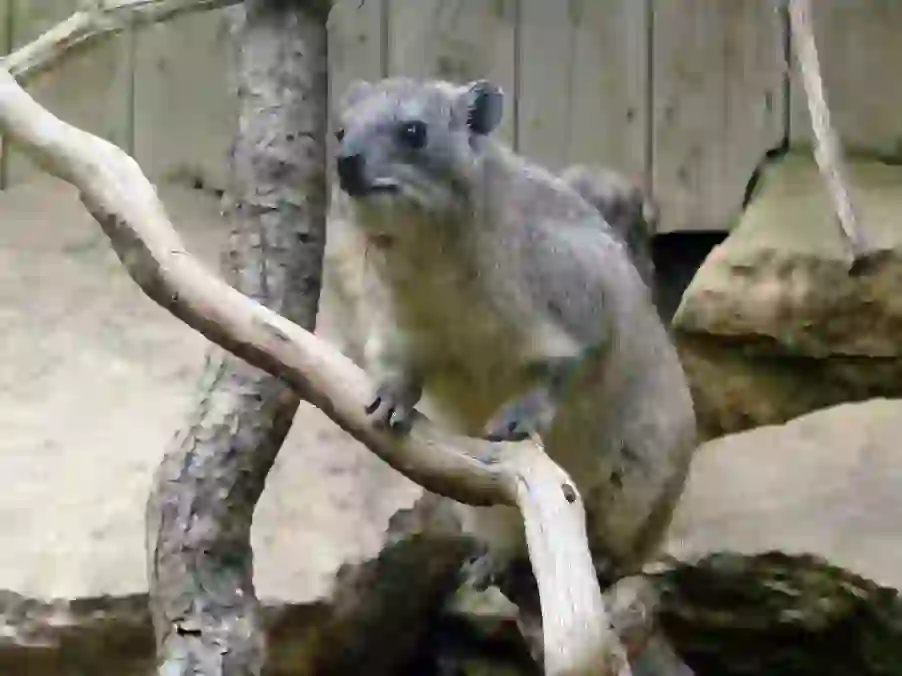
Can hyraxes be kept as pets?
While it is possible to keep hyraxes as pets, it is not easy to do so. However, you can meet hyraxes at zoos. If you want to see hyraxes up close and learn about their way of life, visiting a zoo is a great option.
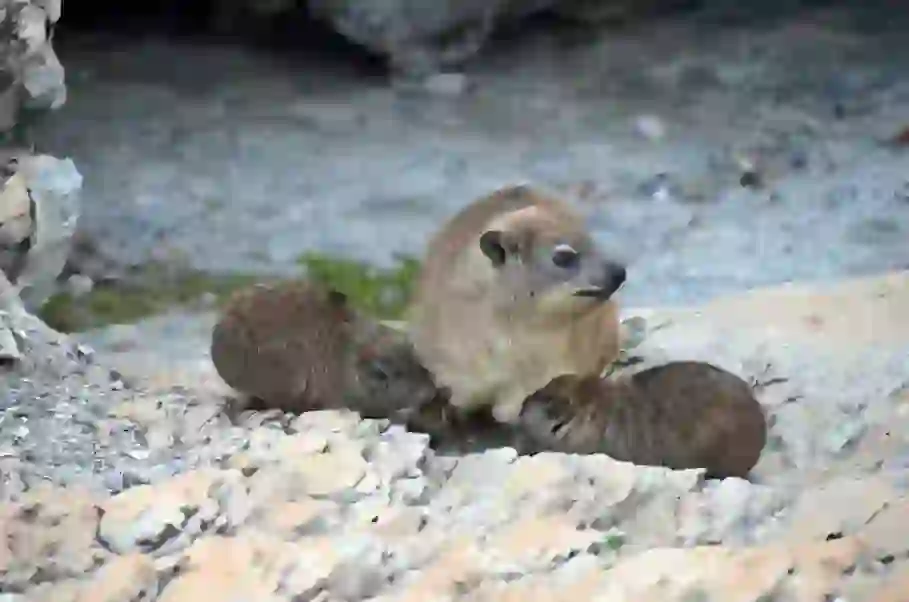
What are the gestation period and birth season for hyraxes?
The gestation period varies by habitat, but female hyraxes often give birth during the rainy season, usually after a pregnancy lasting about half a year to eight months, giving birth to about 2-4 young at a time.
In Japanese zoos, you can sometimes see hyraxes giving birth to adorable babies.

Would you like to become a part of the 'Animalbook.jp'?
Turn your knowledge into Q&A and share it with the world. ※Publication will be activated after purchase. Let's share information together!
Hyrax Type of List
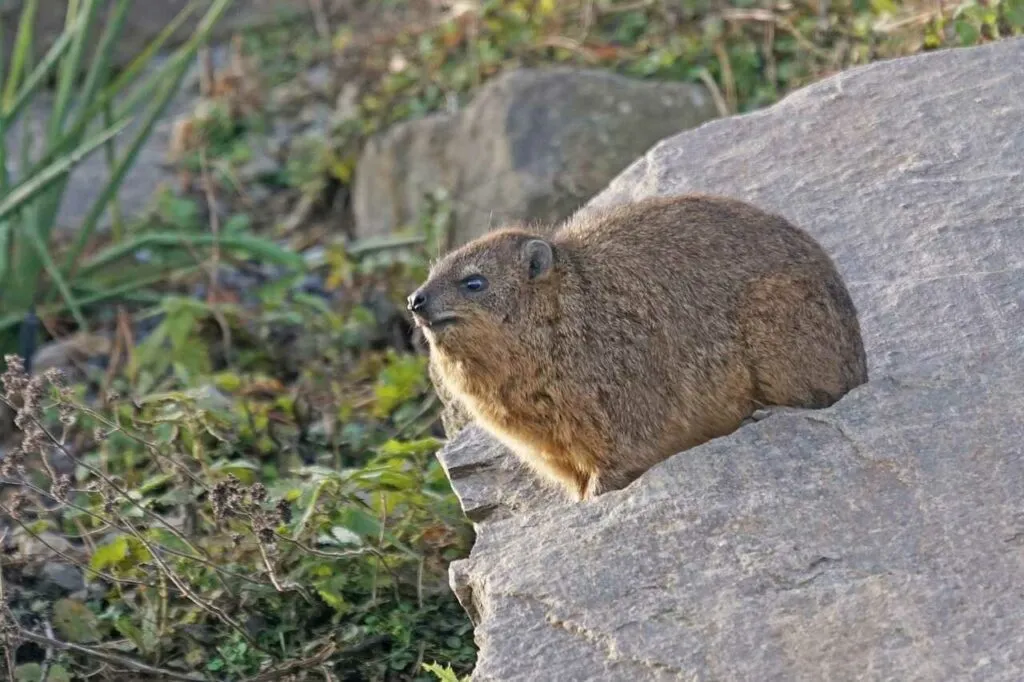
- Hyrax
Information
Congratulations! You are the first commenter!

Create Your Favorite List!
Hyrax
Save the animals you love! Build your own list to quickly revisit your favorites later.

Would you like to leave a comment?
※Please note: This is for the purchase of rights to post comments within the article.
Find Your Favorites!
Our shop offers a unique and attractive selection of goods themed around various animals.
Hyrax References

- ・第33回/ケープハイラックス 生物分類上はゾウの近縁です【アニマル“しっかり”みるみる】 https://kurukura.jp/car-life/20210810-90.html
- ・ケープハイラックスの特徴と飼育方法!! https://rerapet-shiiku.com/cape-hilux/
- ・不思議な動物「ケープハイラックス」を知っていますか?元飼育員が特徴や飼い方、飼育している動物園をまるっとご紹介 https://petpedia.net/article/794/cape_hyrax
- ・ハイラックス、ゾウやジュゴンに近い仲間だけど和名は岩タヌキ https://ichi1kun.com/hyrax/
- ・ケープハイラックス (ハイラックス、ロックハイラックス) https://pz-garden.stardust31.com/choubi-usagi-iwa-moku/zou-ka/hairakkusu.html
- ・ジュゴンやゾウに近いイワダヌキという動物 https://biome.co.jp/biome_blog_195/
- ・ハイラックスはゾウの仲間に近縁です! https://www.hama-midorinokyokai.or.jp/zoo/zoorasia/details/post-3999.php
- ・ケープハイラックスのこと http://www.hyrax.jpn.org/
- ・【ケープハイラックス|動物図鑑】特徴と生態 https://www.akira-seitai2.com/procavia-cape/
- ・ケープハイラックスはペットとして飼える?飼育方法と必要なものを紹介 https://animaroll.jp/mammalian/other/1135011
Hyrax Introduction of media used

出典:https://pixabay.com/images/id-1088373/

出典:https://pixabay.com/images/id-3360057/

出典:https://pixabay.com/images/id-7357520/

出典:https://pixabay.com/images/id-2184428/

出典:https://pixabay.com/images/id-4598005/

出典:https://pixabay.com/images/id-3897731/

出典:https://pixabay.com/images/id-4244650/

出典:https://pixabay.com/images/id-4244653/

similar
出典:https://pixabay.com/images/id-7386678/

出典:https://commons.wikimedia.org/wiki/File:Hyrax on the Rocks.JPG

出典:https://pixabay.com/images/id-876027/

Help Enrich Our Animalbook.jp with Your Media!
We are constantly looking to expand and enrich our Animalbook.jp with amazing photos and videos of animals. If you have any media that you'd like to share, please contribute and help us showcase the beauty and diversity of the animal kingdom. Your submissions will be credited and featured in our encyclopedia, reaching a wide audience of animal lovers.


















